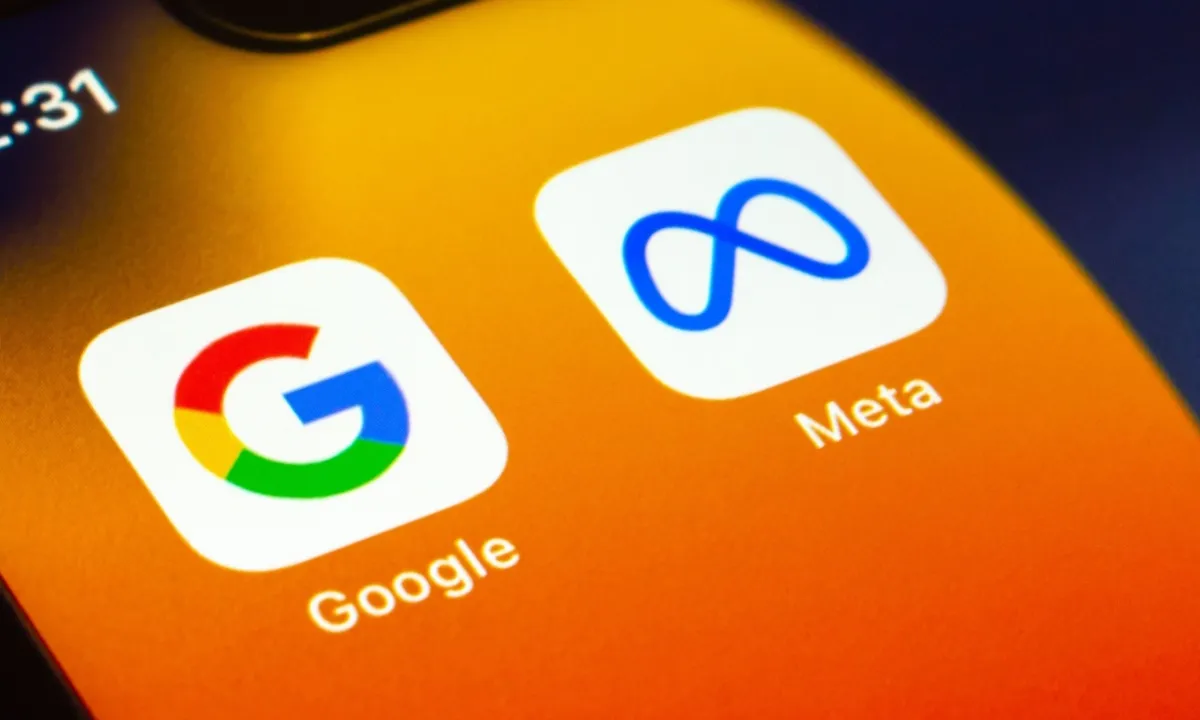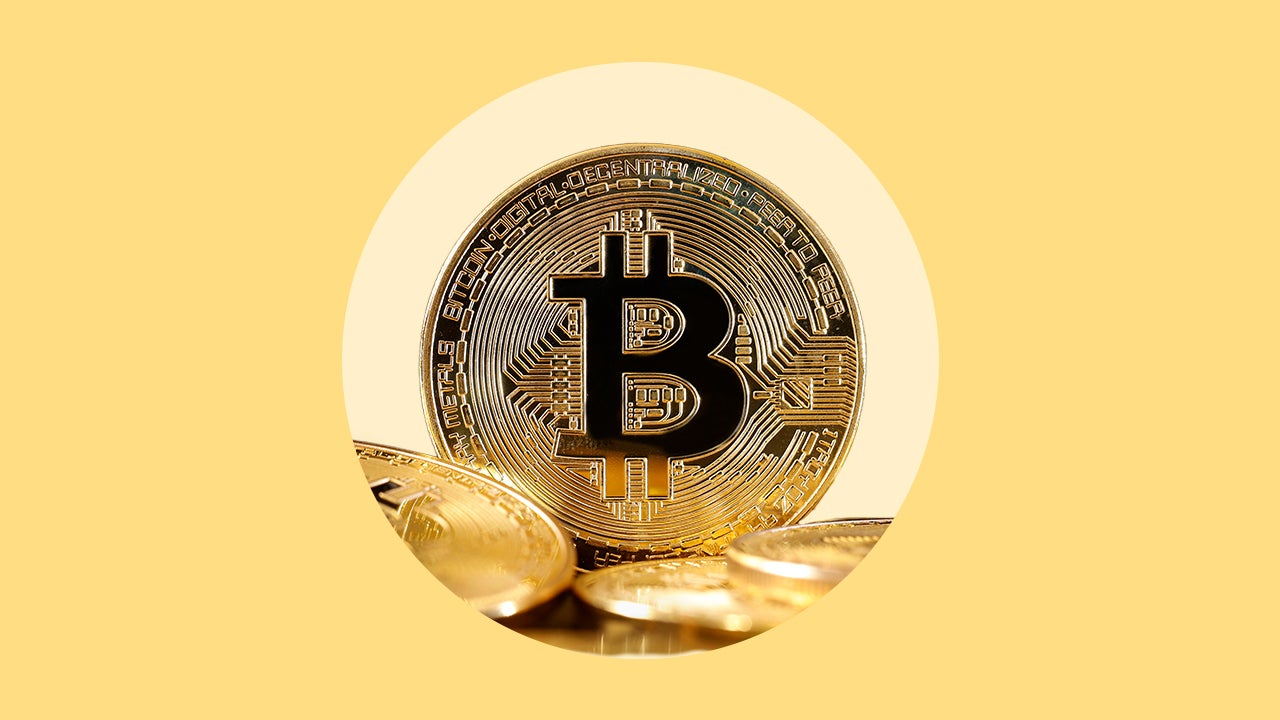Thinking about buying cryptocurrency but not sure where to start? It can feel like a complex world with unfamiliar terms and steps. I felt the same way when I first looked into it. All the talk about Bitcoin, Ethereum, exchanges, and wallets was confusing. But once you break it down, the process of making your first purchase is actually quite straightforward.
This guide will walk you through the basic steps. It focuses on using a common method: buying through a cryptocurrency exchange.
Important Risk Warning: Cryptocurrency is very volatile. Its price can go up or down rapidly. You can lose all the money you invest. Do not invest money you cannot afford to lose. This article is for informational purposes only and is not financial advice.
Step 1: Choose a Cryptocurrency Exchange
A cryptocurrency exchange is an online platform where you can buy, sell, and trade digital currencies. 1 Think of it like an online brokerage for stocks, but for crypto. Choosing the right one is the first big step.
- Reputation and Security: Look for well-known exchanges with a solid track record and strong security measures (like two-factor authentication).
- Ease of Use: As a beginner, pick a platform with a simple, user-friendly interface.
- Available Cryptocurrencies: Check if the exchange lists the cryptocurrency you want to buy. Most major exchanges offer Bitcoin (BTC) and Ethereum (ETH), which are common starting points.
- Fees: Exchanges charge fees for buying, selling, and sometimes depositing/withdrawing funds. Understand their fee structure.
- Regulation: Consider exchanges that comply with regulations in your region.
How to Choose: Do a quick search for reputable crypto exchanges in your country. Read reviews. Visit their websites to see how they look and what coins they offer. Many beginners start with larger, well-established exchanges because they often have simpler interfaces.
Step 2: Create an Account
Once you pick an exchange, you need to sign up.
- Go to the exchange’s website or download their mobile app.
- Click on “Sign Up” or “Register.”
- You’ll typically need to provide your email address and create a strong password.
- The exchange will likely send you a verification email. Click the link in the email to confirm your address.
How to Create: Follow the on-screen instructions. Use a strong, unique password for your account.
Step 3: Complete Identity Verification (KYC)
Reputable exchanges are required by law in most places to verify your identity. This process is known as KYC (Know Your Customer) and AML (Anti-Money Laundering). It helps prevent fraud and illegal activity.
- You will need to provide personal information such as your full name, date of birth, and address.
- You will likely need to upload copies of identification documents, such as a government-issued ID (passport, driver’s license) and possibly proof of address (utility bill, bank statement).
- Some exchanges also require a selfie or video verification.
How to Verify: Follow the exchange’s specific instructions for submitting your documents. Be prepared for this to take some time, from a few minutes to a few days, depending on the exchange and volume of new users. It felt a bit strange uploading my ID online the first time, but I understood it was a necessary security step for using a regulated platform.
Step 4: Deposit Funds into Your Account
Now you need to put money onto the exchange to buy crypto.
- Log in to your exchange account.
- Look for an option like “Deposit,” “Fund Account,” or “Wallet.”
- Choose the currency you want to deposit (e.g., USD, EUR, your local currency).
- Select a deposit method. Common options include:
- Bank Transfer: Usually the cheapest method but can take a few business days.
- Debit or Credit Card: Often faster but typically has higher fees.
- Other Payment Processors: Depending on the exchange and your location.
How to Deposit: Follow the prompts for your chosen method. If using a bank transfer, you’ll likely get account details to initiate the transfer from your bank. If using a card, you’ll enter card details like any online purchase. Be aware of minimum deposit amounts and associated fees.
Step 5: Choose Which Cryptocurrency to Buy
Decide which crypto you want to purchase. Bitcoin (BTC) and Ethereum (ETH) are the largest and most well-known, making them common choices for beginners. However, thousands of other cryptocurrencies exist.
- Do Your Own Research: Before buying any cryptocurrency, understand what it is, what problem it aims to solve, and its potential risks. Don’t buy just because you heard someone else is.
- Start Simple: Consider starting with a well-established cryptocurrency for your first purchase.
How to Choose: Don’t feel pressured. It’s okay to start with a small amount of a major coin while you continue learning. Remember the risk warning from the start.
Step 6: Place Your Buy Order
This is the moment you make your purchase.
- Go to the trading section of the exchange.
- Find the trading pair for the currency you deposited and the crypto you want to buy (e.g., USD/BTC, EUR/ETH).
- Enter the amount of cryptocurrency you want to buy or the amount of your currency you want to spend.
- Choose your order type:
- Market Order: Buys the crypto immediately at the current best available price. This is simple but the price might change slightly from when you look at it.
- Limit Order: Allows you to set a specific price you want to buy at. The order will only execute if the market price reaches your set price. This gives you more control but your order might not fill immediately or at all. For a first-time simple purchase, a market order is often easiest.
- Review the details of your order, including any fees.
- Confirm the purchase.
How to Buy: Look for the “Buy” button on the trading interface. Select the coin. Enter the amount. Choose “Market” for simplicity. Click “Buy” and confirm. Congratulations, you’ve just bought cryptocurrency! It felt pretty cool seeing a fraction of a Bitcoin appear in my account the first time I did it.
Step 7: Consider Storing Your Cryptocurrency
Once you own crypto, you need a place to keep it. This is called a wallet.
- Exchange Wallet (Custodial): When you buy crypto on an exchange, it’s typically held in a wallet managed by the exchange. This is convenient, especially for small amounts or if you plan to trade frequently. However, you don’t have full control of the private keys. If the exchange is hacked or fails, you could lose your funds.
- Self-Custody Wallet (Non-Custodial): You can transfer your crypto to a wallet that you control (like a mobile app wallet, desktop wallet, or a hardware wallet). This gives you full control but also full responsibility for keeping your private keys safe. Losing your private keys means losing access to your crypto forever.
How to Store: For your very first small purchase, leaving the crypto on the reputable exchange is often simplest while you learn more. As you buy larger amounts or different types of crypto, research different wallet options and learn about securing your private keys. It’s a learning curve.
Important Tips for First-Time Buyers:
- Start Small: Don’t invest a large amount for your first purchase. Get comfortable with the process.
- Only Invest What You Can Afford to Lose: Seriously. Crypto markets are unpredictable.
- Do Your Own Research (DYOR): Understand what you are buying.
- Enable 2-Factor Authentication (2FA): This adds an extra layer of security to your exchange account. Use an authenticator app, not SMS if possible.
- Be Wary of Scams: The crypto space has scams. Be skeptical of promises of guaranteed high returns. Never share your private keys or send crypto to someone promising to multiply it.
Buying cryptocurrency for the first time is about navigating the steps of choosing a platform, verifying your identity, funding your account, and placing a trade. It’s accessible once you break it down. Just remember to proceed with caution, understand the significant risks involved, and only invest what you can afford to lose. Taking the time to learn the process makes that first purchase less daunting.









